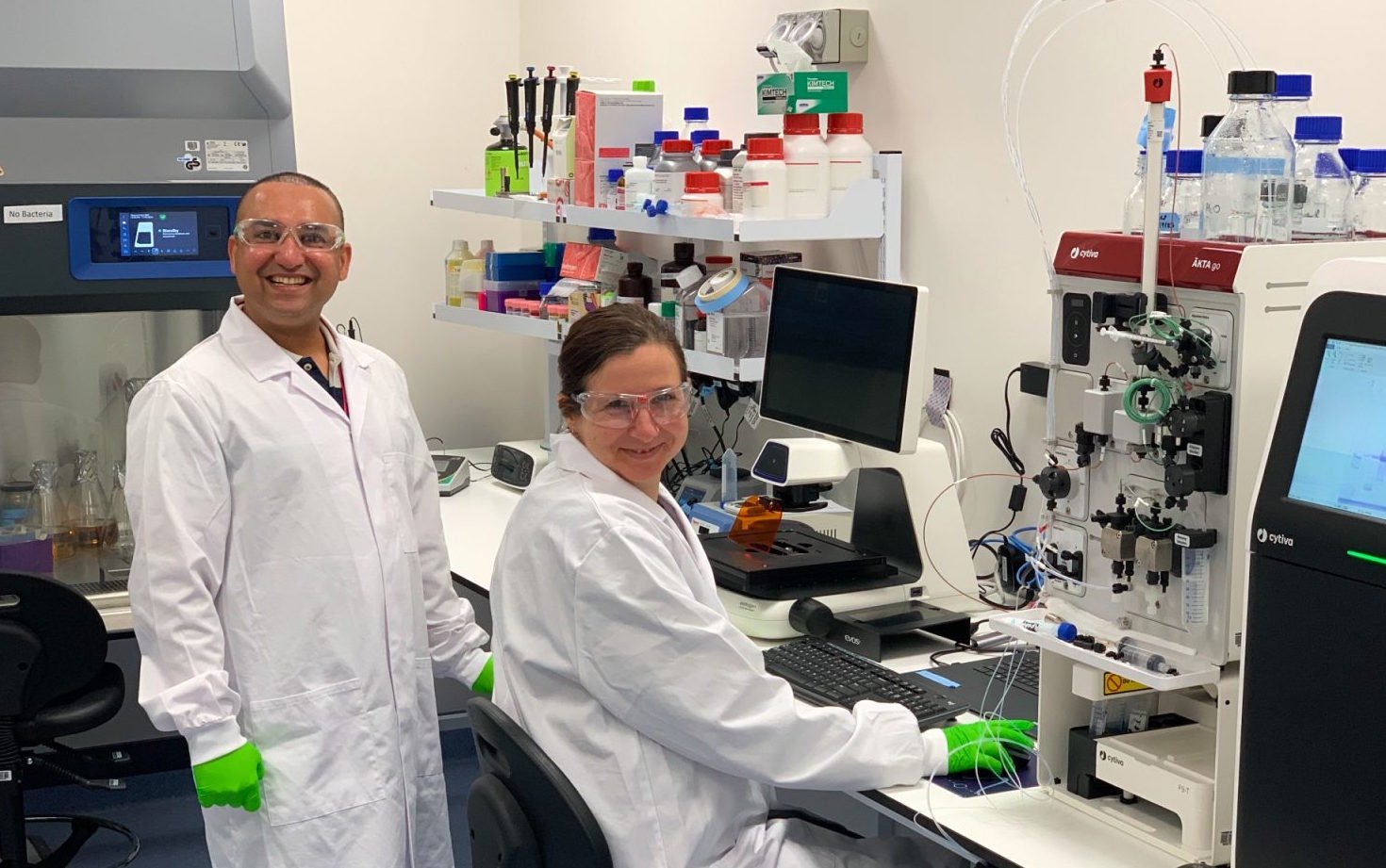Lilly and IU to create new model for drug R&D
20 June 2014 | News | By BioSpectrum Bureau

The consortium may work on how to gauge the wide variation in patient reactions
Singapore: A new research consortium led by the Indiana University School of Medicine and Eli Lilly and Co could bring in $25 million to $50 million over five years to create a new approach for developing drugs.
The idea of the consortium is to pool data from large numbers of patients from five to ten academic medical centers. This is being done to identify small groups of patients, who, while they may be diagnosed with the same disease, have different causes or whose diseases develop differently than the norm. Identifying these subgroups of patients could yield insights on how drugs might be used to stop or treat a disease.
"The old pharmaceutical R&D model is becoming increasingly more expensive and impossible to deliver effectively. This is because patients are complex," said Dr Anantha Shekhar, a professor at the IU medical school. "We can create a new model for finding the next generation of medicines," he added.
The consortium, formally known as the Strategic Pharma-Academic Research Consortium for Translational Medicine, or SPARC, will receive funding from Indianapolis-based Lilly, Japan-based Takeda Pharmaceuticals International and potentially one other pharmaceutical company. The funding will likely range from $5 million to $10 million each year, depending on the projects the consortium does each year, said Mr Shekhar.
He further explained that creating a consortium is key to developing a new R&D model for drug companies. "Individual companies do not have convenient access to the one million patients it may take to identify a subgroup of patients with diseases that do not fit the standard pattern," he said.
It's also difficult for drug companies to study patients over long periods of time, he noted, which may also be required to understand how the diseases of different patients, even if caused by the same thing, develop differently.
"Consortium may work on how to gauge the wide variation in patient reactions. Trying to understanding that kind of variation and predicting a patient's response is the key. Then one has to understand the reasons behind the reactions, whether it is genetic or a response to drug interaction," he pointed out.
The consortium's work would not by itself, produce new drugs. So it will be non-competitive between the drug companies. He also said that the involvement of the drug companies is critical, because they spend lots of time understanding what kinds of new medicines would be well received by patients and physicians. In its first year, the consortium will focus on autoimmune diseases, such as rheumatoid arthritis or lupus. In future years, the consortium will likely focus on other diseases too.
Each year, scientists from the universities and the drug companies will submit project proposals to a common committee, that will choose which ones to fund.












